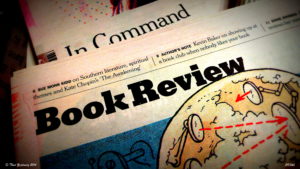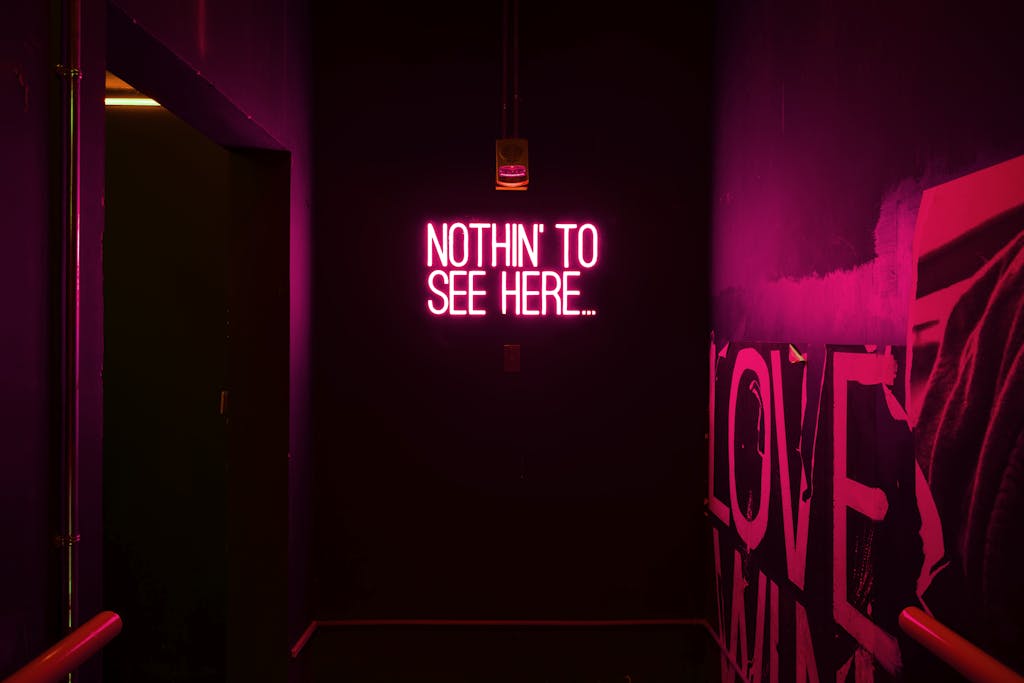
The blending of fiction and nonfiction in contemporary literature has produced a passionate debate in literary theory and criticism and resulted in the launch of a variety of more or less imaginative genre-labels, such as autofiction, autonarration, autopoetry and autotheory. Such terms are used to designate literary works which demonstratively disrespect the conventional boundary between fiction and nonfiction, deliberately blur the distinction between construct and referentiality, and in which generic undecidability and epistemic uncertainty appear as criteria for, or markers of, authenticity, sincerity and truth. Autofiction, -narration and -poetry are typically applied to works which combine autobiographical or biographical writing with elements, modes, styles and devices of narration that have conventionally been associated with the novel and/or poetry. Autotheory is used for works that similarly fuse autobiography/biography and fiction/lyricism but which in addition have a significant essayistic, theoretical and/or philosophical dimension. Works of autotheory are, moreover, typically characterised by a strong literary meta-awareness and a distinctive confessional dimension; they are at once deeply personal disclosures of desires and shame and theoretical and essayistic treatments of universal matters and topics such as identity, existence, ethics, culture, art, politics and the problems of literary representation itself.
Autocriticism
Wikimedia: https://commons.wikimedia.org/wiki/File:Book_review_(12213308404).jpg One of the most conspicuous trends in contemporary literature is the blending of fiction and autobiography. In the current cultural climate, non-fiction has gained a reputation of being naive, based on the illusion of the possibility of objective and direct presentation of reality. Fiction, at the same time, has for many contemporary writers and readers lost its appeal precisely because of its perceived detachment from reality and inauthenticity. In this context, the conventional distinction between the nonfictional and fictional domain increasingly loses its meaning and relevance, and experimentation with mixing fact and fiction is becoming more widespread and radical. This trend typically entails an acknowledgment of perspectivism, even an emphasis of it: humans can never transcend their subjective perspective on reality, and an accurate understanding and representation of reality can never be reached, only approximated. This contemporary trend of blending is of course not entirely new or revolutionary, but rooted in a fundamental tendency in literature to combine fiction, autobiography and theory in order to achieve a more credible representation of the complexity and uncertainty of reality and existence. While offering new creative forms of literary blending, contemporary literature, then, also continues an ongoing effort in literature to develop new and more adequate forms of realism and to modify and refine the conception of what constitutes authentic or ‘true’ representation.
Committing to this view, I read the book and published an autocritical review of it in the Danish news media where I am a literary critic. This autocriticism took the form of a series of texts published over several weeks, coinciding with the publication and promotion of the autopoetic work, and combining various elements: literary-theoretical reflections on genre-blending; ethical considerations of autobiographical narrative’s effect of domination and suppression on the real-life persons it includes as supporting characters; criticism of the specific poetics and literary method of the autopoetic work and its literary quality; and counter-narratives to and corrections of some of the scenes in the book which read from my vantage point appear as gross and ethically problematic misrepresentations of reality with damaging impact on the real-life persons they implicate.
Written by Mette Leonard Høeg
The common intuition in literary criticism, in art criticism in general and in the public cultural sphere is that it is wrong to engage in criticism of a work if you have a personal relation to its author. The critic who reviews the book of a friend, a professional contact or a former lover is biased and could draw private benefits from this, have ulterior motives of revenge or social/professional advancement. It is the convention in literary criticism to strive for objectivity in the assessment and review of a work, and the critic is generally expected to refrain from referencing personal experiences and using private and autobiographical material, in order to be considered professional, expertly and ethically responsible.
In this post I argue that this intuition is to some extent wrong and misled. I suggest that some literary works call for precisely a literary criticism that is personal and based on the critic’s experiences with the author and the reality it presents. I propose to use the term autotheoretical criticism, or, simply, autocriticism, to designate a genre or kind of literary of criticism which foregrounds the critic’s personal relation to the author of the reviewed work and which is based on the view that such a personal/private connection is relevant, if not even necessary in order to adequately assess the reality-referencing and confessional project of the many works in contemporary literature that blend fiction and autobiography, i.e. to criticise such genre-blending works according to the parameters they themselves set out.
The recent blending fact and fiction in literature has been particularly strong in Scandinavia – which has indeed produced the most prominent example of the trend, namely Norwegian Karl Ove Knausgård’s My Struggle. This plus 2000 pages work, published in six volumes, recounts the author’s life from early childhood and up until the actual time of writing, using fictional narrative modes and devices and thematically focusing on the author’s struggles with love, unfulfilled literary aspirations, his unpoetic daily life and routines and the tensions and challenges that result from his identification with a classical form of masculinity while living at the centre of the progressive, creative and intellectual elite of the Scandinavian welfare societies. Its extensive referentiality to Knausgård’s actual life and the persons in it caused a scandal in Scandinavia, cost the author several close relationships and resulted in his wife’s mental breakdown and psychiatric hospitalisation. Nevertheless, Knausgård’s My Struggle changed the view of what is ethically defensible in terms of references to the private life of the author in literature, and it was followed by a wave of radically referential autofictions which is still in motion.
In May this year, yet another Scandinavian work of blending was published, and one in which I feature as a central figure, with my first name given and easily identifiable to anyone in the Scandinavian public. This autopoetic work, En rejse til mørkets begyndelse (A journey to the origin of darkness), by a Danish writer and academic, is the third volume in a series in which the author deliberately mixes autobiography and poetry, as he combines texts about his life as an academic, a writer, husband and ex-husband, father, son, friend and partner with poetic passages about his fundamental existential fears and anxieties. The books freely and unrestrictedly use private material, presenting an identifiable external private/personal reality. As a witness to the reality represented in the book, I am able to further identify in the book reproductions of real-life conversations and reprinting of actual emails and text messages. The author and the publisher publicly promote the works as created in accordance with a strict poetics of ruthless honesty, radical introspection and brutal self-criticism and by a method of bold, un-censored representation of the author’s most shameful thoughts and darkest character-traits.
Literature – and art in general – can be considered a form of battlefield of narratives, i.e. an arena where individuals try to gain narrative power and influence in the ongoing social negotiation of what is considered true and real by the wider human community. All narratives, both those manifested in writing and published and shared in the public cultural sphere and the fleeting ones orally transferred in local contexts outside the privileged sphere of literature, are part of a competition to determine reality, the definition and description of which is always open to renegotiation and -definition. It seems both sensible and ethically responsible that literary criticism participate in this open-ended process of negotiation and approximation of a truthful rendering and definition of reality. This is especially so when the critic has insights that contradict or disprove the representations in a literary work that purports to truthfully represent reality; in fact, it may even be considered an ethical obligation of the critic in this situation to share her counter-narratives publicly and thereby try to correct the misrepresentations, especially if these are causing harm to real-life persons included in the book.
Literature as a battlefield for narrative power
The most recent publication of the third instalment in this Danish autopoetic series in which I feature, led me to develop the view that such a boundary-transgressing work invites for similarly boundary-dissolving criticism; and, thus, to form the idea that autofictional/-poetic literature calls for autotheoretical literary criticism; or autocriticism. If this is true, it follows that my personal relation to the author, as his former partner and co-habitant, and my appearance in the book do not disqualify or render me unfit to review the book, as is usually assumed in literary criticism. On the contrary, on this view I would be better qualified than anyone else to give such a criticism precisely by virtue of my being a first-hand witness to the reality described in the book.
Autofiction, autopoetry, autotheory
While autocriticism may at first glance seem immoral, it responds, then, to a need in contemporary criticism for an ethical form of literary criticism with a kind of double nature and with two constitutive – and intertwined and interdependent – dimensions: on the one hand, a discussion, analysis and assessment of the literary work in question and its literary quality and aesthetic value; on the other, the explicit use of personal and private material and the introduction of counter-narratives, by which the literary criticism enters into the privileged field of public narrative negotiations of reality and which allows it to challenge and correct the stories about and renderings of reality published and shared there.


